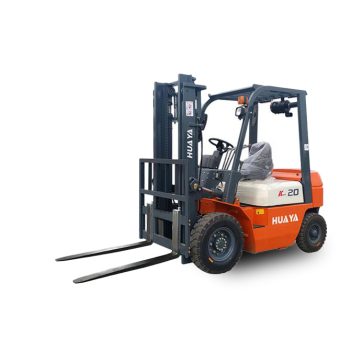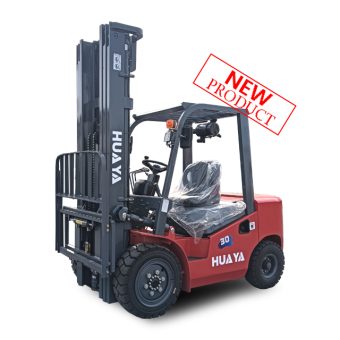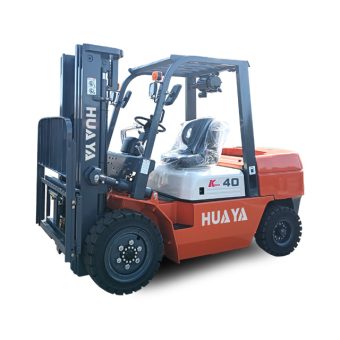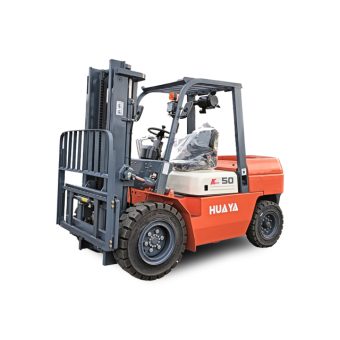
News
In the realm of workplace safety, particularly in industrial settings, the Occupational Safety and Health Administration (OSHA) plays a pivotal role in setting and enforcing standards. When it comes to forklift operations, OSHA has laid down comprehensive guidelines to ensure the safety of workers and the smooth functioning of operations. Let's delve into the specifics of the OSHA standards for forklifts.
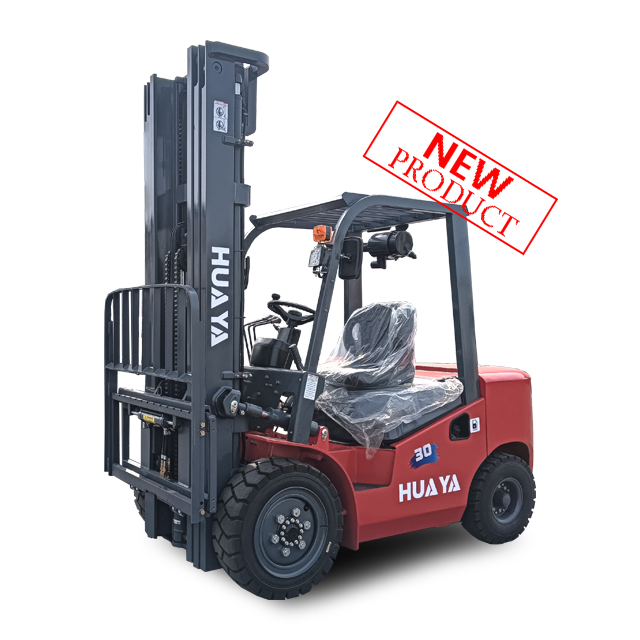
Before diving into the specifics, it's crucial to understand OSHA's overarching objective: to ensure safe and healthy working conditions for employees. OSHA achieves this by setting standards, conducting inspections, and providing training, education, and assistance to both employers and employees.
Under OSHA regulations, several key requirements govern forklift operations. These requirements are designed to mitigate the risks associated with forklift use and prevent accidents, injuries, and fatalities. Here are some of the primary aspects covered:
One of the fundamental requirements is the training and certification of forklift operators. OSHA mandates that employers must ensure that all forklift operators are adequately trained and certified to operate the specific type of forklift they will be using. Training programs should cover topics such as vehicle operation, load handling, and safety protocols.
Regular maintenance and inspection of forklifts are essential to ensure their safe operation. OSHA requires employers to implement a systematic maintenance program to keep forklifts in proper working condition. Additionally, pre-shift inspections must be conducted to identify any potential issues or defects that could compromise safety.
OSHA emphasizes the importance of safe operating practices to prevent accidents. Forklift operators must adhere to speed limits, maintain proper visibility, and avoid reckless maneuvers. Additionally, OSHA prohibits the use of forklifts for purposes other than those intended and warns against unauthorized modifications or attachments.
Clear communication of hazards is critical in preventing accidents in the workplace. OSHA mandates that employers must ensure that all forklift operators are aware of potential hazards associated with their tasks. This includes providing adequate signage, marking hazardous areas, and implementing effective communication protocols.
The layout and organization of the workplace significantly impact forklift safety. OSHA requires employers to design facilities with forklift traffic in mind, ensuring clear pathways, designated loading zones, and proper signage. Adequate lighting and ventilation are also essential factors in maintaining a safe working environment.
Failure to comply with OSHA's forklift safety standards can have serious consequences for employers. Violations may result in citations, fines, and legal action. Moreover, non-compliance increases the risk of accidents, injuries, and fatalities, leading to potential loss of life and property damage.
In conclusion, OSHA sets stringent standards for forklift safety to protect workers and promote a culture of workplace safety. Employers must prioritize compliance with these standards by providing comprehensive training, maintaining equipment, promoting safe practices, and fostering a culture of safety awareness. By adhering to OSHA regulations, organizations can not only avoid penalties but also safeguard the well-being of their employees and enhance operational efficiency.
